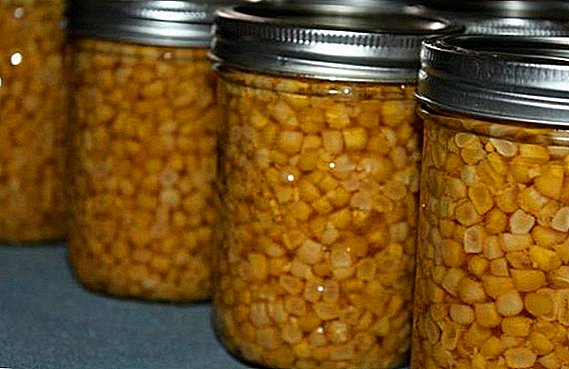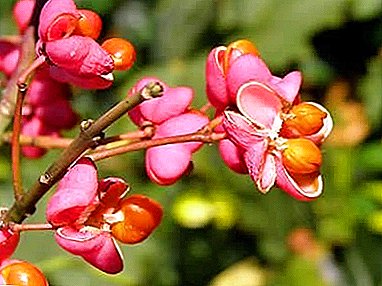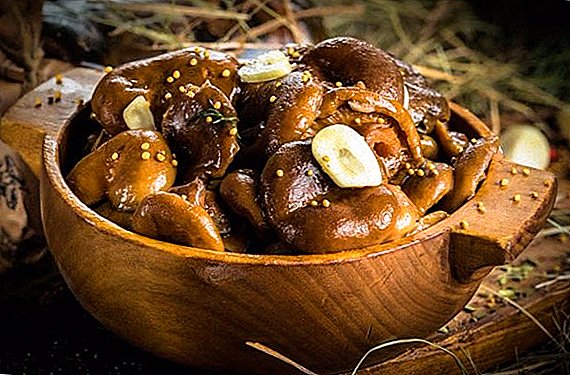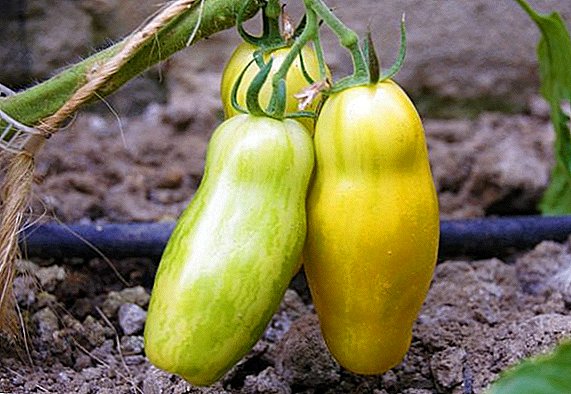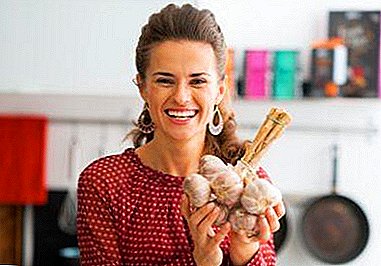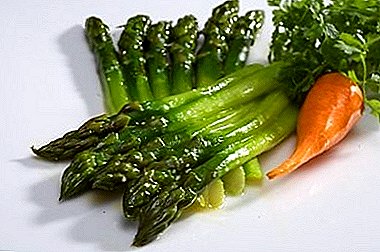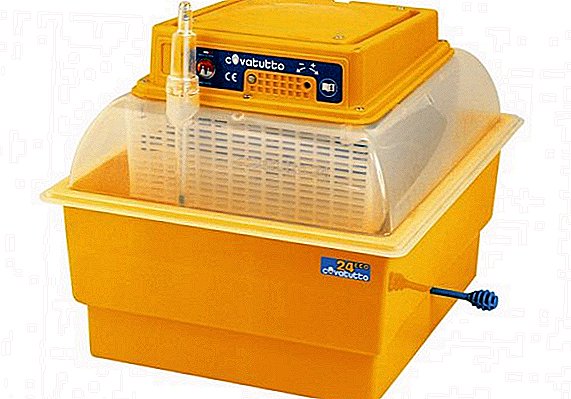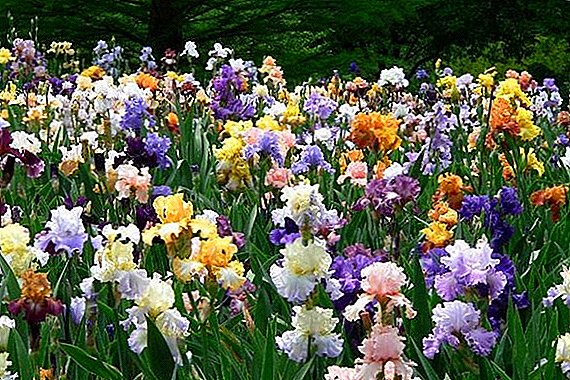 New Belarusian (virgin) asters (Aster novi-belgii) are called Szénabrinki, the birthplace of origin is North America. To enjoy the spectacle of the magnificent growth of the September women, the riot of its colors must be properly prepared for reproduction, planting and care. There are several ways of reproduction as a September, and other colors: planting seeds, dividing the bush, cuttings, layering. Each method involves different processes, requires more or less human involvement. About each of them separately.
New Belarusian (virgin) asters (Aster novi-belgii) are called Szénabrinki, the birthplace of origin is North America. To enjoy the spectacle of the magnificent growth of the September women, the riot of its colors must be properly prepared for reproduction, planting and care. There are several ways of reproduction as a September, and other colors: planting seeds, dividing the bush, cuttings, layering. Each method involves different processes, requires more or less human involvement. About each of them separately.
From seed
Growing and breeding September seeds is quite a complicated process. Under natural conditions of our climate, seeds do not have time to ripen, the only reliable way to get them is to buy in a store. You can start planting in autumn or early spring.  Main rules:
Main rules:
- in spring, the seeds are planted in late April - early May, when the air temperature no longer drops below 10 degrees, and the soil is sufficiently heated;
- in the fall, the seeds are planted in late October, the cold soil will save the seeds until spring.
Important! In September women grown from seeds, the flowers bloom 3-4 weeks later than those grown by seedlings.
Substrate Requirements
When choosing a landing site, it is taken into account that the new Belgian Astra does not grow where potatoes or tomatoes grew. Despite its unpretentiousness in the care, it is still worth it in advance to take care of the soil. Landing is carried out in nutrient soil.
Did you know? In ancient Greece, the aster, planted at the entrance to the house, was considered a talisman from troubles and troubles.Having decided on the site, a month before planting, the soil must be dug up, fertilizers applied (over-ripe humus, compost). Reduce the acidity of the soil by adding lime or dolomite flour at the rate of 350-400 g per 1 square meter. Then loosen the ground, sprinkle with sand. The soil must be light and wet, otherwise the seeds will not sprout.
It would not be superfluous to neutralize the soil by treating with potassium permanganate solution (2 g per 1 l of water). Additionally, mineral fertilizers are applied at the rate of 10 g of superphosphate, 8 g of potassium salt to 1 square meter of soil. So the soil will be protected from diseases and enriched with microelements for growth. Such requirements for the treatment of soil apply both to the landing of September women in the spring and in the fall.
Landing technology
Immediately before planting in prepared soil, seeds are soaked in a solution of potassium permanganate for several hours in order to avoid future diseases. Soil prepared wells moistened.
Spread the seeds in the hole 30-50 centimeters from each other with a distance of 3-5 centimeters between the rows. By adhering to this, sufficient space is provided for future growth and flowering. The depth of the seed in the hole - 5-8 millimeters.  Having distributed the seeds into the holes, on top of them sprinkle with a layer of a mixture of earth and sand of 2-3 centimeters. To preserve soil moisture and avoid drying out during germination, the landing site is poured with a thin layer of compost, covered with a thin non-woven material.
Having distributed the seeds into the holes, on top of them sprinkle with a layer of a mixture of earth and sand of 2-3 centimeters. To preserve soil moisture and avoid drying out during germination, the landing site is poured with a thin layer of compost, covered with a thin non-woven material.
You will be interested to know about the popular annual and perennial varieties of asters.When sowing in the fall, this will keep it warm and prevent the seedlings from freezing. The time of spring germination is from 3 weeks to a month. The time of germination depends on favorable weather conditions and high-quality soil treatment.
Aftercare
During the growing season plentiful watering without waterlogging is important. Irrigation alternates with soil loosening up to 6 mm.
Important! Asters do not like the high humidity of the soil and close to the groundwater. They love moderate watering at the root.When a seedling of 2-3 full-fledged leaves appears, thinning is allowed. These actions will allow you to save enough space for growth, prevent powdery mildew diseases.
 Watering the ground for 2 hours before thinning, shoots dug, planted, not forgetting to moisten the soil in the place of transplantation.
Watering the ground for 2 hours before thinning, shoots dug, planted, not forgetting to moisten the soil in the place of transplantation.Did you know? Young shoots, their leaves, petals of mature asters are successfully used in traditional medicine.After watering the plants are fertilized. Frequent feeding increases the size of the inflorescence and the flowering time in the future.
Feed produced in 3 stages:
- One week after planting, seedlings are fertilized with any mineral fertilizer or solution of mullein (1 part of mullein to 10 parts of water).
- When forming buds for feeding inflorescences, the soil is enriched with a solution of phosphorus and potassium in the ratio of 5 g of phosphorus and 2 g of potassium per liter of water. You can scatter the granules directly on the soil, given the ratio of 1 square meter.
- During the beginning of flowering, you can also feed the soil with a solution of phosphorus and potassium, or use ash infusion.
 In order to avoid disease or the appearance of pests, in addition to moderate irrigation and periodic fertilizers, frequent weeding is necessary. Sentyabrynki can attack slugs and snails, and weeding will allow it to notice in time.
In order to avoid disease or the appearance of pests, in addition to moderate irrigation and periodic fertilizers, frequent weeding is necessary. Sentyabrynki can attack slugs and snails, and weeding will allow it to notice in time.Dividing bush
The division of the bush is a popular type of reproduction and healing of the plant, since the September women have many processes, and at their high density the color of the flowers decreases. The division is made in a period of growth during the summer season.
In the fall, the division process should occur as early as possible. It is important to give time to take root to the plant before frost. Flowering does not affect this process.  In early spring, the September women are dug out of the ground, divide the bush into parts, and are transplanted into prepared (spilled, fed) holes. It is useful to do this seating annually.
In early spring, the September women are dug out of the ground, divide the bush into parts, and are transplanted into prepared (spilled, fed) holes. It is useful to do this seating annually.
Cuttings
An effective way of vegetative reproduction of centeabrins is cutting, that is, reproduction by apical shoots. The method is popular with gardeners. The process is simple, but some conditions must be met.
Important! The main feature of grafting is that a plant propagated in this way retains all parental properties.
Stocking
In spring, young upper shoots of 7–15 centimeters in size of a mature and healthy shrub come off. From the bottom of the obtained cutting, unnecessary leaves are cut off, only the tip remains.  A sharp knife below the knot cuts an unnecessary shoot under an inclination of 40-45 degrees. For further successful rooting, the cutting of the cutting is processed with any solution of phytohormone ("Kornevin").
A sharp knife below the knot cuts an unnecessary shoot under an inclination of 40-45 degrees. For further successful rooting, the cutting of the cutting is processed with any solution of phytohormone ("Kornevin").
Put the cutting into the solution for 12-15 hours, 3-5 centimeters deep (depending on the size). It is important not to wet the leaves of the stalk.
Rooting
Making rooting cuttings easier in separate containers (boxes). Soil for planting on the qualities is suitable, as in the case of seedlings by seeds. Mixture layer - 10-12 centimeters.
It will not be superfluous to add a layer of perlite to the mixture, poured in a small layer on the ground. To neutralize shed the mixture with a solution of potassium permanganate.  The resulting cuttings are planted in the ground under an inclination (cut down for successful rooting), sprinkled with a layer of 1 cm of earth mixture on top.
The resulting cuttings are planted in the ground under an inclination (cut down for successful rooting), sprinkled with a layer of 1 cm of earth mixture on top.
Find out what is the difference between perlite and vermiculite.Liberally watered, covered with plastic film. At this time, the seedlings are afraid of the sun, so the box or container is better to put in the shade.
Landing
1-2 weeks after the seedlings of cuttings, callus appears at the site of the cut, and 3-4 weeks after the first roots. Growing and strengthening, the roots contribute to the development of the plant. If the first shoots begin to appear, then rooting has occurred.  After giving time to grow shoots, you can proceed to the gradual hardening of seedlings. A plastic film is opened several times a day for a short time, and the ventilation time gradually increases. If young shoots develop well, the film is removed completely. This time falls on the month of August.
After giving time to grow shoots, you can proceed to the gradual hardening of seedlings. A plastic film is opened several times a day for a short time, and the ventilation time gradually increases. If young shoots develop well, the film is removed completely. This time falls on the month of August.
Important! In close proximity to other flowers, the new Belgian asters easily interbreed, which leads to "varicoloured" in the bush.The end of August - the beginning of September, when the cuttings have developed, you can start planting at a permanent place. There are no special requirements for the substrate, young shoots are strong and can be fed from any soil. In winter, young shoots cover up with fallen leaves or sawdust.
Reproduction by layering
The reproduction of the septembrods by layering is an effective and easy way of reproduction. Its essence is to forcibly root the branches of a bush. The main advantage of the method is that it does not need special soil preparation or control of environmental conditions.
Preparation for reproduction by layering occurs in early spring. The sooner the planned branches are covered with earth from the light, the stronger will be the desire of the plant to germinate. For this center of the bush is plentifully covered with earth. This will not allow the stalks to grow together.  The only need for this method is frequent hilling of the bush, thus increasing the amount of earth in its center.
The only need for this method is frequent hilling of the bush, thus increasing the amount of earth in its center.
Leaves also reproduces bobovnik, honeysuckle, clematis, dieffenbachia, wisteria, dracaena, magnolia.The resulting layers are planted in the fall or next spring. When transplanting layers deepen in the prepared wells, the upper part is cut, leaving 2-3 buds. Timely moderate watering will allow them to settle down in a new place.
September women bloom with this method of reproduction only 2 years after transplantation.
Did you know? There are varieties of asters, the height of which reaches two meters, the leaves - the size of the palm of an adult, and the number of flowers - more than 200.Novobelgiyskie asters (September women) - unpretentious plant, but requires careful preparation and attention. With the right approach to planting them in the fall, the garden will play with different colors.
The palette of colors of the noble asters is great. Choosing a suitable breeding method for yourself, one can observe from year to year how these small stars become the main decoration of the garden.


